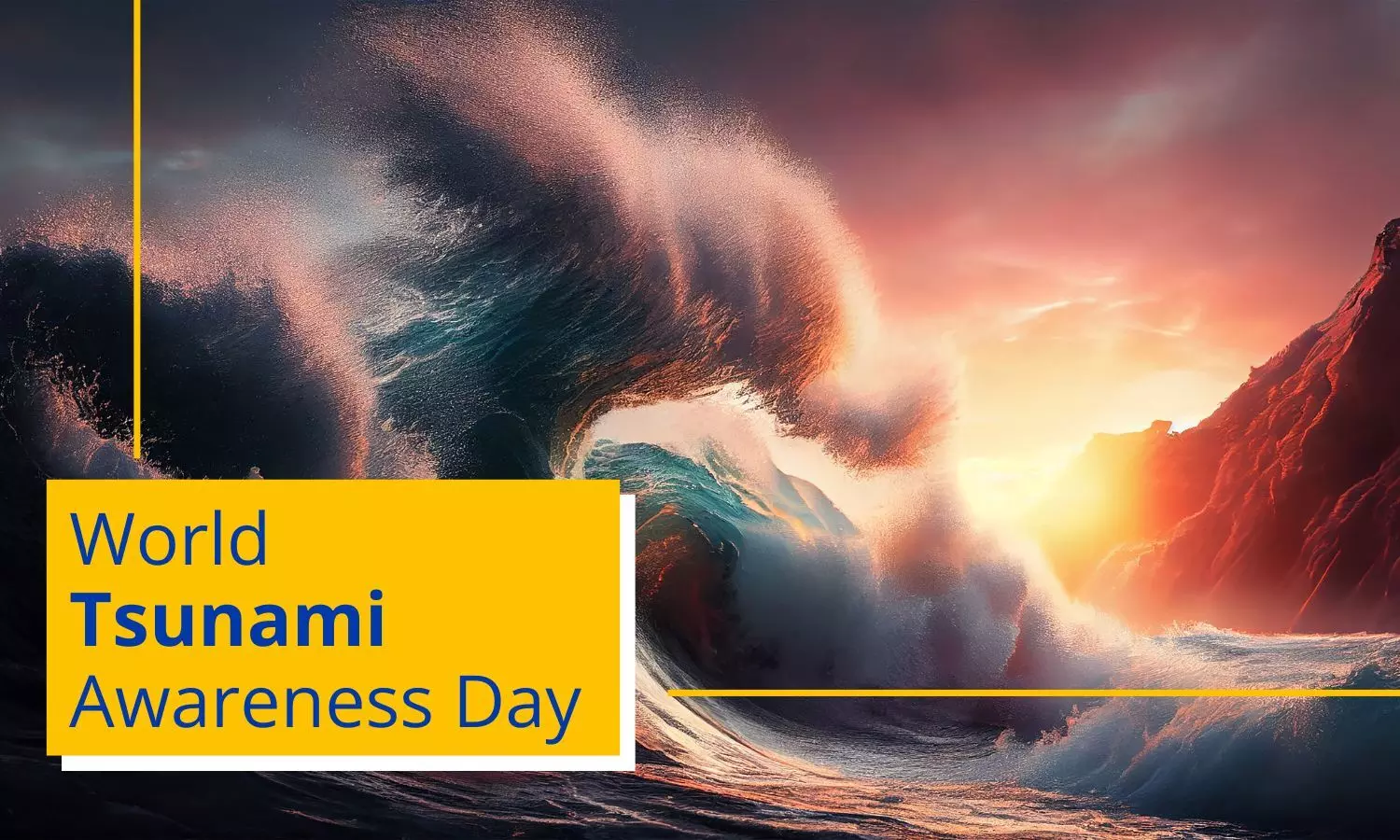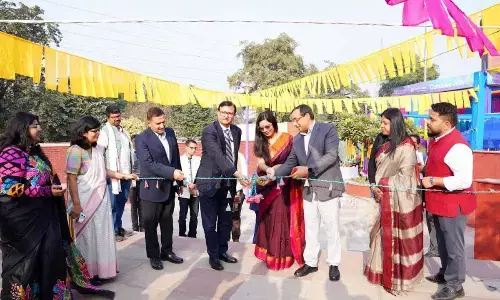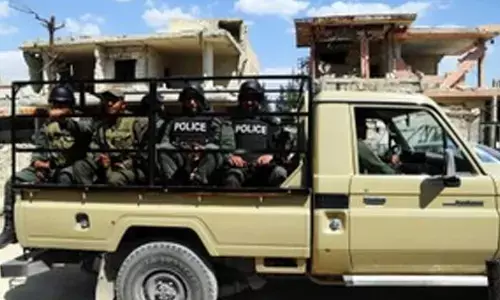Insights from Past Tsunamis: Key Takeaways and Enhanced Preparedness

Explore valuable lessons from past tsunamis in our comprehensive guide. Discover key insights and strategies to enhance preparedness, ensuring communities are better equipped to respond to future events.
A tsunami is a sequence of ocean surges that are produced by significant disturbances, such as earthquakes, volcanic eruptions, or landslides. When tsunamis approach coastal areas, they can reach heights of over 100 feet and travel at speeds surpassing 500 miles per hour in deep water, in contrast to regular ocean waves. The catastrophic effects of a tsunami can be particularly severe in densely populated coastal regions due to its overwhelming force and energy.
Studying the impact of past tsunamis offers invaluable insights into tsunami preparedness and safety lessons. Historical events, such as the 2004 Indian Ocean tsunami and the 2011 Tōhoku tsunami, highlight the devastating consequences of inadequate warning systems and unprepared communities. These disasters emphasise the importance of comprehensive tsunami preparedness programs, which include community education, early warning systems, and evacuation plans. Implementing these safety lessons can significantly mitigate the impact of future tsunamis, protecting lives and property. By learning from the experiences of those affected by past tsunamis, we can develop more effective strategies to enhance resilience and ensure that communities are better equipped to respond to these natural disasters.
Historical Tsunamis and Their Consequences
Several historical tsunamis serve as poignant reminders of the devastation they can inflict:
1. The 2004 Indian Ocean Tsunami: This tsunami, which was caused by a significant undersea earthquake off the coast of Sumatra, Indonesia, resulted in the loss of over 230,000 lives in 14 countries. It underscored the vulnerability of coastal communities and the absence of early warning systems.
2. The 2011 Tōhoku Tsunami: Japan was struck by a tsunami that resulted in widespread devastation, including a nuclear calamity at Fukushima, following a magnitude 9.0 earthquake. It underscored the significance of disaster preparedness and rigorous building codes in urban planning.
3. The 1964 Alaska Tsunami: This tsunami, which was the result of a 9.2 magnitude earthquake, had a significant impact on coastal communities in Hawaii and California. It illustrated the necessity of international cooperation and comprehensive communication systems in disaster response.
Global initiatives to enhance tsunami preparedness have been motivated by these events, with a particular emphasis on international collaboration, community education, early warning systems, and risk assessment.
Key Takeaways
1. The Significance of Early Warning Systems
The necessity of effective early warning systems is one of the most significant lessons learnt from past tsunamis. The absence of a regional tsunami warning system was underscored by the 2004 Indian Ocean tsunami tragedy. The Indian Ocean Tsunami Warning and Mitigation System (IOTWMS) was established by the United Nations in its aftermath, and it has since served as a model for other regions.
In addition, the Pacific Tsunami Warning Centre (PTWC) and numerous national agencies enhanced real-time surveillance and communication in countries along the Pacific Ocean. These systems employ seismic data to forecast potential tsunami events and send timely alerts to communities that are at risk.
2. Education and Community Preparedness
Effective tsunami preparedness necessitates community education. The necessity of public awareness campaigns that instruct individuals on how to react to tsunami warnings was emphasised by the 2011 Tōhoku tsunami. Programs that emphasise evacuation routes, emergency kits, and exercises have the potential to save lives.
In numerous regions, educational initiatives have been implemented by local administrations, which involve the media, schools, and community organisations in the dissemination of information regarding tsunami risks. Communities in high-risk regions are now more cognisant of their vulnerability and are enhanced in their ability to respond promptly to threats.
3. Developing Resilient Infrastructure
Improved infrastructure can alleviate the effects of tsunamis. The catastrophic consequences of deficient building codes were illustrated by the 2011 Tōhoku tsunami. In the aftermath, Japan implemented more stringent regulations for coastal structures and made significant investments in tsunami-resistant designs, such as elevated buildings and barriers.
Similar measures have been implemented by countries in tsunami-prone regions, emphasising the development of resilient infrastructure that can withstand the impact of tsunamis. These improvements also encompass the enhancement of evacuation routes and the guarantee of access to secure zones.
4. International Collaboration
International cooperation is indispensable due to the fact that tsunamis are not bound by national borders. The 2004 Indian Ocean tsunami's aftermath resulted in heightened international cooperation in the areas of disaster response and risk reduction. Organisations like the United Nations and regional bodies have facilitated partnerships that improve data sharing, training, and joint exercises.
International cooperation has also been extended to the development of technology and research, as countries have collaborated to enhance early warning systems and improve tsunami forecasting models on a global scale.
5. Technological Progressions
The detection and response to tsunamis have been significantly enhanced by technological advancements. Real-time monitoring of seismic activity and ocean conditions is facilitated by the use of modern seismic sensors, GPS technology, and ocean vessels that are equipped with tsunami detection capabilities. These technologies allow scientists to improve predictive models and gain a more comprehensive understanding of tsunami dynamics.
Additionally, the utilisation of mobile applications and social media has revolutionised disaster communication. These platforms are now utilised by numerous regions to promptly distribute notifications and updates, thereby guaranteeing that communities that are impacted receive pertinent information.
Strategies for Current Preparedness
Challenges persist despite the advancements that have been achieved since the last tsunami. Communities must implement continuous preparedness strategies to guarantee that they are adequately equipped to handle forthcoming emergencies.
1. Risk Assessment and Planning
It is essential to conduct comprehensive risk assessments in order to identify vulnerable populations and areas. Governments and organisations are still in the process of mapping high-risk zones and developing evacuation plans that are specifically designed to meet the requirements of the local community. These evaluations assist in the prioritisation of infrastructure and preparedness programs.
2. Consistent Training and Drills
Regular exercises are indispensable for community preparedness. Through the use of simulated tsunami scenarios, organisations and individuals can enhance the coordination of emergency services, identify gaps, and practise their response plans. Training programs for local officials and first responders guarantee that they are adequately equipped to effectively manage disasters.
3. Participation in the Community
Fostering a culture of resilience is facilitated by involving communities in preparedness initiatives. Local leaders, volunteers, and grassroots organisations have a crucial role in the education and mobilisation of residents. Community-led initiatives have the potential to encourage individuals to assume responsibility for their protection and to contribute to collective preparedness efforts.
4. Ongoing Research and Development
To enhance tsunami forecasting and risk mitigation strategies, it is imperative to maintain an ongoing investment in research and development. In an effort to fortify the resilience of communities, scientists are investigating novel construction methods, enhanced seismic monitoring networks, and sophisticated modelling techniques.
5. Climate Change Factors
It is imperative to integrate these factors into tsunami preparedness strategies as climate change continues to affect weather patterns and sea levels. Adaptive measures that consider future hazards may be necessary as a result of the increased vulnerability of coastal areas due to rising sea levels.
Conclusion
The knowledge gained from previous tsunamis has significantly enhanced our comprehension of these catastrophic events and the methods by which we can prepare for them. We are more prepared to confront the obstacles presented by tsunamis as a result of technological innovations, international cooperation, resilient infrastructure, community education, and early warning systems.
Nevertheless, the hazard persists, and it is imperative that continuous endeavours are made to guarantee that communities are able to effectively address future occurrences. By cultivating a culture of preparedness and resilience, we can pay tribute to the memory of those who perished in previous tsunamis and endeavour to safeguard future generations from comparable catastrophes.


















